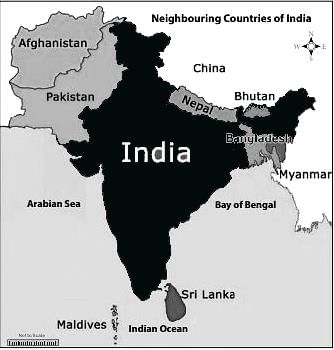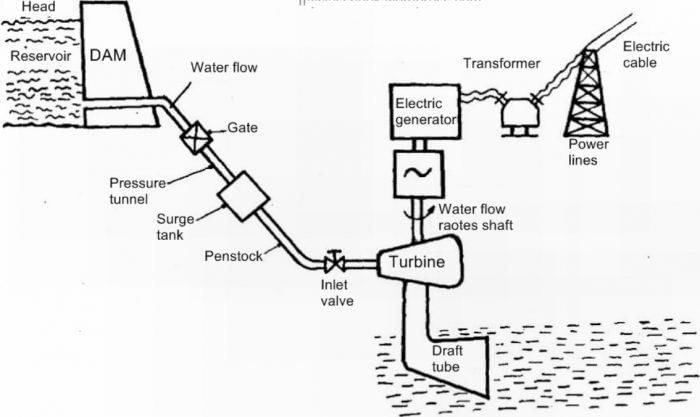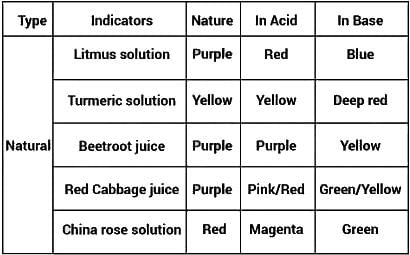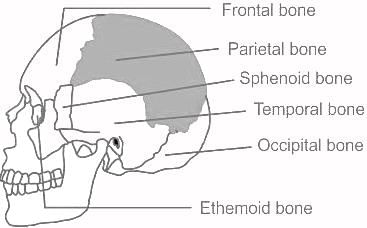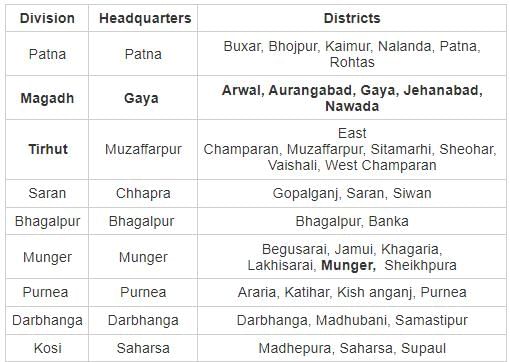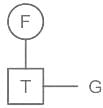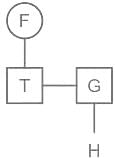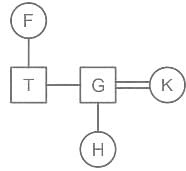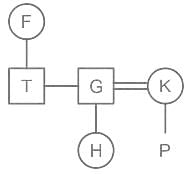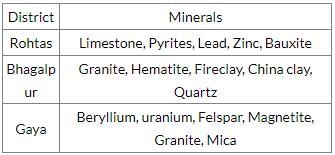BPSC Prelims Mock Test - 6 - BPSC (Bihar) MCQ
30 Questions MCQ Test BPSC Prelims Mock Test Series & Past Year Papers 2024 - BPSC Prelims Mock Test - 6
Delhi became the capital of a kingdom for the first time under ______.
In the context of Indian freedom struggle, 'Karnataka method' was used as a strategy in which of the following movements?
| 1 Crore+ students have signed up on EduRev. Have you? Download the App |
Which of the following neighbouring countries of India has the smallest area?
The total number of ministers, including the Chief Minister, in the Council of Ministers in a state cannot exceed _______ of the total number of members of ________.
In a hydroelectric power station ultimately which energy is converted into electrical energy?
Which of the following kitchen substances can be used as an ‘olfactory indicator’?
The length, breadth and height of a cuboidal tin box are 32 cm, 20 cm and 25 cm respectively. It contains oil up to the height of 18 cm. How much more oil (in cm3) can be poured in the tin box?
Which of the following banks is not among the Domestic Systemically Important Banks (D-SIBs)?
Which of the following is not a major jute producing areas in Bihar?
Who was appointed as Deewan of Bihar by Warren Hastings after the death of Shitab Rai?
Which foreign traveller came to India with Mahmud of Ghazni?
Which among the following group was not associated with the congress moderates?
If an individual is not able to secure a job because his job skills have become obsolete, which unemployment would that be?
A sinusoidal transverse wave is travelling on a string. Any point on the string moves in
Which of the following ores contains both iron and copper?
Which of the following district is not part of Magadh Administrative division of Bihar?
Which of the following is a core element of sustainable development?
- Growth
- Social inclusion
- Environmental protection
Select the correct answer using the code given below.
If, 'A # B' means 'A is the mother of B', 'A - B' means 'A is the daughter of B', 'A @ B' means 'A is the brother of B', 'A $ B' means 'A is the father of B', then how is F related to P in the expression 'F # T @ G $ H - K # P'?
The Broadcasting Infrastructure and Network Development (BIND) scheme worth over how many crores has been launched?
Consider the following statement regarding Lymphatic Filariasis, which of the following statement is correct?
Prayag Hindi Sahitya Sammelan will be held in Bihar in ________.
|
3 docs|29 tests
|
|
3 docs|29 tests
|


